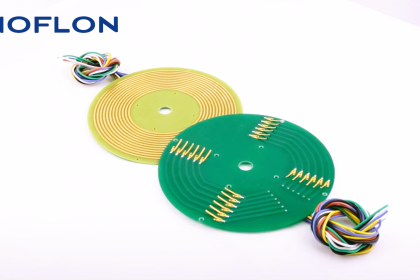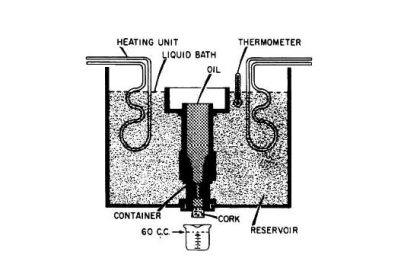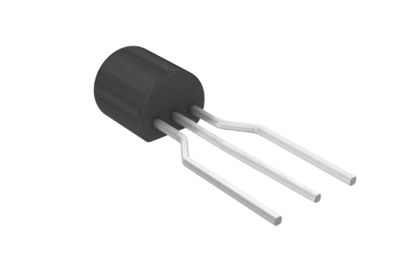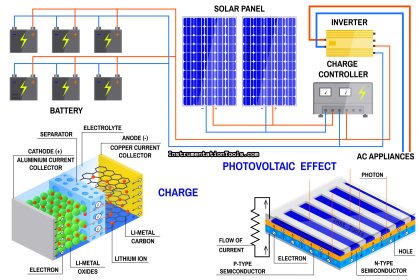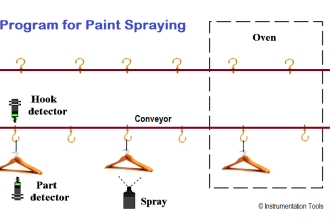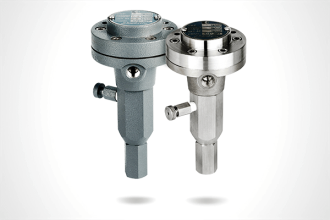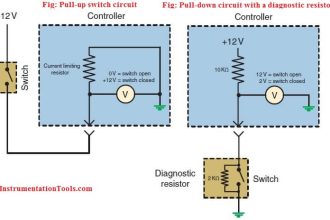Optical fiber is one of the fastest modes of data communication in today’s world. Here, data is transmitted in the form of a light source. That means, the electrical energy is converted into light energy during transmission and back to electrical energy from light energy during reception.
As the speed of light is very fast, data is transmitted very quickly in this form. One theory that many aren’t familiar with in optical fiber technology is optical modulation. It is one of the most important techniques used for optical fiber communication. In this post, we will learn the concept of optical modulation.
What is Optical Modulation?
First of all, let us first understand what optical fiber does actually. The refraction index of light emitted by a source is set in such a way that it will travel only inside a cable, and not outside it. Due to this, the light is then turned either on or off continuously, at a very high frequency. Data, when 1 or 0, is converted into a light form in this way.
This data is then interpreted at the receiver end, and thus it can identify the data transmitted through the optical form. The cable used to carry this light is an optical fiber cable. In this way, data is transmitted in optical form through optical fiber cables.

Now practically, a laser beam that is used to source light is not always in constant amplitude and frequency. Let alone amplitude or frequency, even the power used in the transmission cannot be constant. There are bound to be some losses in it, due to the electrical nature of cables, noise, and fluctuations. To overcome this issue, a technique is required to manipulate the properties of the light beam. This process is called optical modulation.
As the name suggests, optical modulation is a technique used to amplify the signal strength of the light beam. The data information remains intact as it is, only the electrical and optical strength of the signal is boosted; so that it can travel distances easily and with minimum losses. This is the definition of optical modulation.
Methods of Optical Modulation
There are two general methods of optical modulation. The first one is direct modulation. This is the concept we have already discussed before. Light is a very powerful and fast mode of transmission.
Data transmitted over light beam in 1 or 0 binary format, is direct modulation. This means the natural concept of the optical signal is used to communicate data. There is no need to additionally modulate the data. The signal will travel in optical form and reach the receiver’s end in a quick way.
But, as discussed, it will have its share of losses. Majorly, it occurs due to widening linewidth. At a larger amount of data transfer, this issue widens more. So, direct modulation is used for data less than usually 2.5Gbps.
This loss can also be determined as the signal-to-noise ratio. This ratio must be understood to see how much exactly the data has been lost. This loss can also be called bit error; which means how many bits you transmitted and how many you received.
To overcome this, the second method used is external modulation. As the name suggests, external means are used to modulate the optical signals and boost them in such a way that losses are minimized or even nullified. First, when the normal signal is transmitted, a modulator is used in between which modulates the signal and amplifies it to a great level. It is here in between that data is given, not at the source of the laser beam. This means that data is not traveling from the very first point. This modulator comes immediately at some point after transmission of the laser beam.
The first technique used in external modulation is electro-optical phase modulation. What happens is, first the laser beam is given to a splitter, where the beam is divided into two paths. Then, in one of the paths, electrical binary data is fed. This electric field causes the light speed to slow down by changing its phase. This phase shift and difference is the main reason for amplification. When the beam is then combined after splitting, it can then become either 1 or 0. If the two splits join each other, then the data received is 1; and if the two splits cancel each other, then the data received is 0.
The second technique used in external modulation is the one in which direct light properties are changed to boost them and carry the signal. They can be generally acousto-optic, plasmonic, liquid crystal, micromechanical, or chopper wheels. They directly impact the amplitude, phase, or frequency of light to gain its momentum and carry the signals easily.
If you liked this article, then please subscribe to our YouTube Channel for Electrical, Electronics, Instrumentation, PLC, and SCADA video tutorials.
You can also follow us on Facebook and Twitter to receive daily updates.
Read Next:
- OLT Working Principle
- Fiber Optic Measurement
- Quiz on Optical Fiber Cable
- Testing of Fiber Optic Cable
- Use of Isolator in Microwaves


